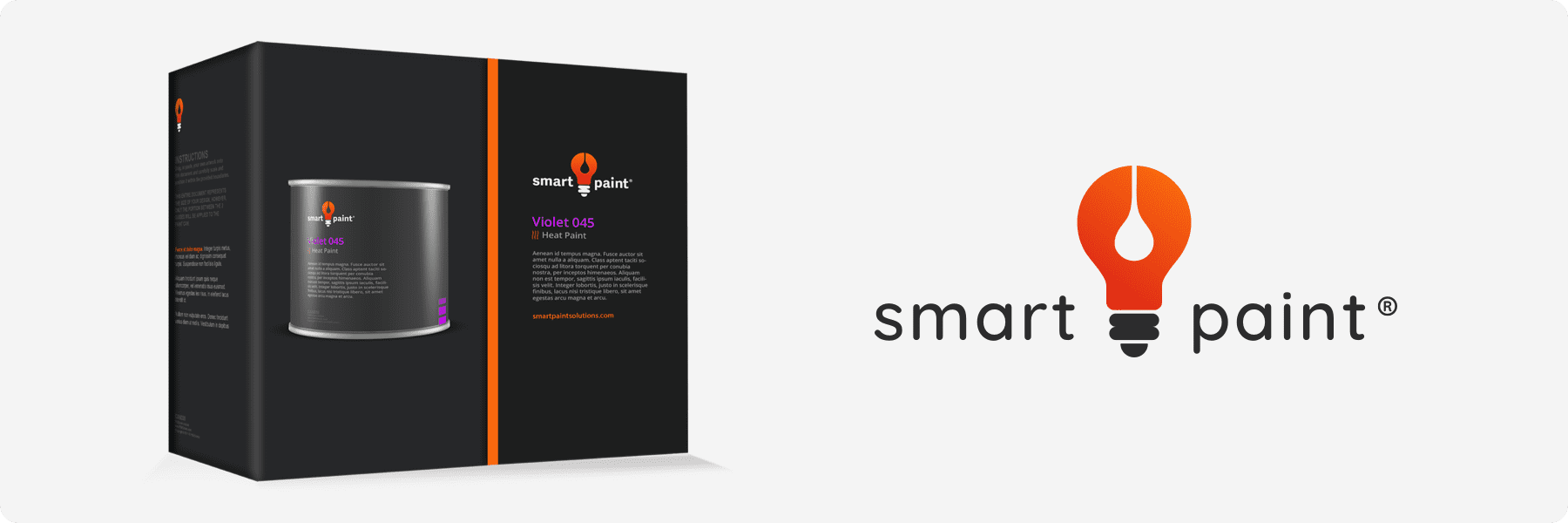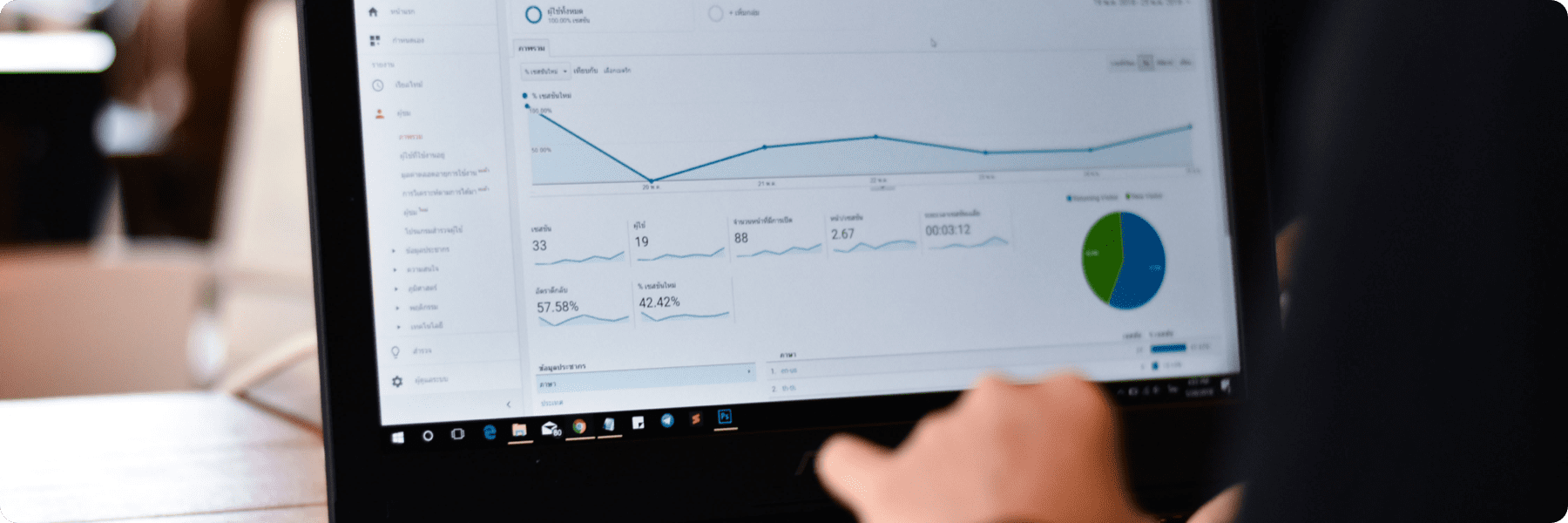
How Much Should I Spend On Digital Marketing?
Fresh for 2022: An Overview of Typical Digital Marketing Costs
Are you thinking about expanding your marketing reach in the digital realm? Or possibly double checking to ensure your current spend is appropriate? Well, in true ForeFront Web fashion, we’re more than happy to pull the curtain back and arm you with realistic “insider” knowledge. While it’s impossible to provide an exact number without knowing specific details, we can certainly give you some guidelines for setting your budget.
Skip all the explanation, and take me right to the numbers!
Start At The Top
Digital marketing, with its ability to laser target audiences, is a far cry from the scattershot approach of traditional marketing. That being said, they do share one trait: the more you spend, the more attention you can attract. The key (for most campaigns) is to spend the right amount to attract just the audience you want.
One of the biggest determining factors has to do with the overall scope of the campaign. The wider the net, the more coverage you need. Obviously, there’s a huge difference between a local medical office and a national medical supply company. To that point, geographic reach is often a big consideration.

At one extreme, we have “hyper-local campaigns”. Think of your local coffee shop or local gym. Sure, you could drive across town, but chances are you’ll select one that is convenient to you. These organizations don’t need a large campaign, they simply need to engage the folks within a few miles of their location.
But what if that coffee shop or gym has multiple locations throughout a metropolitan area? Or you have a home renovation company that works all over the city? Well, instead of targeting people within a 4-5 mile radius, the scope has now increased to a much larger area. Larger area = more people to reach and more competition to deal with.
As we move up the food chain, a company’s reach can expand to state-wide, regional (example: Midwest), country-wide or even international. But this is where things get a bit sticky. It’s not an absolute to say that the local art gallery only needs a local campaign. Thanks to platforms like Shopify, the ecommerce world has exploded. Local boutique shops now have a global reach and much more intense needs. Conversely, if a firm has a national audience, but in a very niche business with very little competition, the campaign may have a spend that is more similar to a regional (or even local) effort.
Long story short, geographic reach is certainly a consideration, but it doesn’t come close to telling the whole story.
Identify The Audience
Another important consideration has to do with the folks you are trying to reach. This is a step that is often missed or glossed over, but we have found that the better you can define your target audience (and sometimes more importantly, the people you don’t want to target), the more you can keep costs down while increasing conversions. Fortunately, there are a wealth of tools that can help here – it’s actually a bit frightening in a “Big Brother” sort of way. Have you heard the phrase, “if the software is free, it’s because YOU are the product”? Well, this is a shining example of that. We have research software that will tell us exactly where you spend your time on social media, what you read, where you shop and much more.
How does audience reach factor into digital campaign pricing? Well, the more difficult an audience is to reach (do they shop at Target, or Oscar de la Renta?), the more time and spend it will take.
The Barbarians At The Gate

A big difficulty factor has to do with competition. Simply put, the more you have, the more you’ll have to spend. If you open a downtown restaurant in a busy city, it will take effort to break through the noise. If you’re trying to break into a mature industry with deep pocket competitors (like mortgage lenders), things can get pretty pricey in a hurry. That being said, truly creative agencies can save you thousands, but more on that in a bit.
Good Keyword Research is Worth…A Thousand Words?
You know those blockbuster bank heist movies – the one where they always have that techno-weenie nerd that hacks into every system and saves the day by cracking the safe code, right at the last minute? Well, you’re going to need one of those.
Most companies (and sadly, agencies too) approach keyword research in one or more of the following ways:
- Use intuition, feedback and a crystal ball to come up with the words and phrases they think their target audience will use to find them
- Use auto-generated phrases via a PPC platform (like Google Ads) to come up with a list of phrases that AI has determined are the best fit
- Try and figure out what their competition targets and mimic what they do
As you might have guessed, these strategies have about the same success rate as hitting the jackpot on a slot machine.
A better approach is to find one of the aforementioned tech nerds who is an absolute wizard at keyword discovery. These folks are magicians at finding niche phrases that bring targeted traffic to your site. Have you been burned on paid advertising in the past? Chances are it was a breakdown in keyword research, which can easily be the difference between wasting or making thousands of dollars.
Trying to make your splash in a crowded industry? An experienced keyword expert can find the long-tail keywords that will not only save you clicks (and cash), but also bring you more highly targeted, ready to convert clients.
Sidenote: Are They Even Searching?

This might be surprising to some, but there are certain circumstances in which we opt not to take a digital marketing project on. One of the most heartbreaking is when we simply cannot find enough quality searches to justify the spend. Here’s a real life example. We have a client that has invented one of the coolest things we’ve seen – heated paint. You paint your front walkway, add batteries and boom, no more snow or ice. The problem is that the people who need this technology don’t know it exists. So no one is searching for “heated paint” or any other version of it. And the super-niche phrases that some industries might search are either too expensive or too sparsely searched to justify a spend. Once the world catches up though, we’re ready to go!
If you have an agency doing keyword discovery for you (or if you are doing it yourself), make sure you take a good look at the anticipated search volume; it’s vital to the campaign.
What Tactics Will Work Best?
Once you’ve determined all of the above, you’re ready to go to work assembling a campaign. There are dozens of tactics at our disposal, and you can get a general idea on our digital marketing services pages. Some of our considerations include:
- What has worked for this industry/service/product in the past?
- What will resonate with the target audience?
- What efforts will provide the best ROI?
- What tactic predicts likely short-term wins?
- What tactic predicts likely long-term wins?
- What areas have the competitors overlooked?
If your agency has enough experience and has spent enough time doing their due diligence, they should be able to answer all of these questions with a high degree of accuracy. And with hard work and a little luck, you’ll even see some success within the first month or so of the campaign. But a word to the wise: there is NO such thing as “set it and forget it” in this world. Even the best campaigns need adjustments, and sometimes major ones at that. There is a huge variable in all of this, and it’s users. Many a major ad campaign has failed (for all you oldies, remember New Coke?) even after exhaustive customer research. Sometimes people just don’t react the way you expect them to, and that’s ok. Experienced Digital Managers will learn just as much about what doesn’t work as they do about outright successes.
Another important consideration has to do with your website, and whether it’s optimized for SEO and high conversion. That’s a different discussion, but if you are burning with curiosity, check out our articles on The Difference Between UI/UX and On-Page SEO Best Practices, among others.
Think About The Long Term When Crafting Your Campaign

Organic SEO vs Paid Search
There are as many approaches to SEO as there are SEO agencies. Often, the crux of the matter has to do with organic search versus paid search. Quick definitions:
- Organic search: the results you get from your favorite search engine when you search for a word or phrase
- Paid search (PPC, or Pay Per Click): paid ads, whether it be the ad listings at the top of the search results, the advertising on your social channel, in-page ads and more
While the statistics vary, experts agree that high organic rankings result in more and higher quality traffic than paid search traffic. Think about your search habits – how often do you click on ads? Depending on who you ask (and your industry), as many as 70% of users ignore paid ads. Even if that number is closer to 60%, you are narrowing your audience to less than 40% of the overall potential if you only use PPC for your campaigns.
So why do so few agencies emphasize organic search? Well, the answer is twofold. One, it’s not easy. You need dedicated experts that are skilled in a tactic known as backlinking. Two, it takes time, and clients (sorry if this hits home) are impatient. It’s not unusual for it to take 3 months or more to see some benefits from an organic campaign. But it’s a lot like owning versus renting; the long-term benefits are well worth it, if you’re willing to stick with it.
Don’t get me wrong, paid search is an extremely valuable tool. You can target a demographic or niche with amazing accuracy. You can also “rank” immediately for a phrase that might be virtually impossible to ever rank (meaningfully) for organically. But PPC is a hamster wheel; if you want to reach the same audience long-term, whatever you are spending is perpetual.
How to get off the hamster wheel? Split your spend between short term “wins” (PPC) and long term equity (organic). Monitor both efforts maniacally, so that the second you are within the top results for a given phrase, you can phase it out of your paid campaign. The results should speak for themselves, as high organic ranking will bring quite a bit more traffic to your site. Over time you’ll minimize the amount of paid spend and channel it to the much more lucrative organic spend – or even be able to reduce your overall costs in the long run. Just make sure not to abandon your efforts once you rank high; it takes a lot of work to get there, and it takes work to stay there, especially in a competitive sector.
Is That Everything?
Nope. It’s just a start. Further discussion includes:
-
- What is the potential ROI? Is the revenue per sale/new customer worth the effort? If it costs $3000 per month to get 5 new customers, and the customers spend just $100 each, there’s a problem.
- How much business can the client handle? This is a fun problem, but a real one nonetheless. Factories can usually take all the orders they can handle, they just ramp up production. But a dentist can realistically only see so many patients per day, and we’ve had situations where clients have asked us to dial it back because of “too much business”. First world problems, indeed.
- Are the expectations realistic? If you’re hoping to go from unranked to #1 for any phrase in the first month, it’s probably not going to happen. No one can guarantee a #1 ranking (except Google, and they won’t do that), and it takes time to get there – if at all.
- Will the website convert? I know I said this wasn’t in the scope of this article (see above), but it is a major consideration. We can send highly qualified traffic to a site, but if people don’t like what they see, well, it’s worthless.
Ok, But How Much Does a Digital Marketing Campaign Cost?

As mentioned above, there are a number of variables that go into determining an appropriate cost for a digital marketing initiative. Most agencies opt for a monthly retainer, which can have a wide range. And as a guideline, consider that the U.S. Small Business Administration suggests allocating 7-to-8% of your gross revenue to marketing (source), and actual spend skews much higher.
But I hate articles that clickbait you into thinking you’ll see physical numbers and then don’t deliver, so here we go…
Hyperlocal Campaigns
Just looking to make a local splash? Taking advantage of directories, some well written blog articles and highly targeted paid ads can do the trick. Add a few dollars for long-term organic initiatives and you’re looking at $500-$1000 per month for most industries. You might be able to get by for less, but a good agency should be able to return that investment many times over (again, depending on industry) and justify the extra spend.
State/Regional Campaigns
More variables leads to a wider budget estimate. But if you do all the things from local campaigns and expand them, add in some content marketing and a more intense organic campaign, you can expect to spend around $1500-$5000 per month. If you’re optimizing for multiple locations, the spend will increase, but not necessarily by a multiple of the number of locations.
National/Ecommerce Campaigns
The sky is really the limit here. We’ve seen niche campaigns have amazing success with as little as $3500, but more realistically $10k or more per month is a starting point. Category killers can easily spend 5x times that or more.
More Insider Info
For the most part, paid search campaigns can “scale” fairly easily. There’s nothing wrong with trying out a market to get an idea how a campaign will perform, especially if you’re looking at a spend recommendation that makes you uncomfortable. Just make sure your budget is actually reasonable – you’re not going to prove anything by running a $500 campaign against competitors that are spending many times that!
But…no matter what you do, don’t jump on the perpetual ad spend. Look at PPC as a means to an end, not a complete solution. And if you have questions, but all means, get in touch with us. We love to talk about this stuff!
